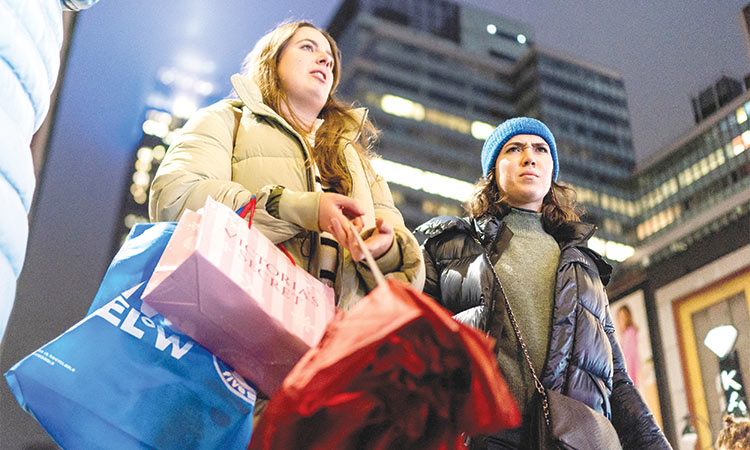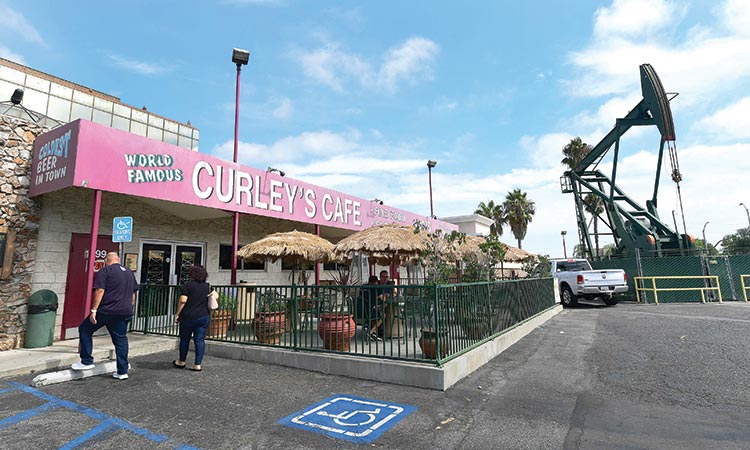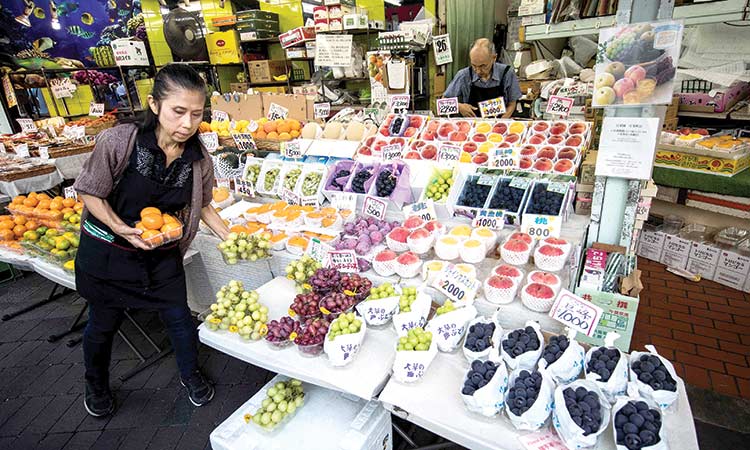US consumer spending strong in Dec; inflation trending lower

People carry their shopping bags during the holiday season in New York City. File/ Photo
But the timing of the anticipated rate cut is uncertain, with the report from the Commerce Department on Friday also showing consumer spending surging at the end of 2023 as Americans splurged on goods and services over the holidays.
Financial markets have pushed the odds of a March rate cut to below 50 per cent in a nod to the economy’s continued resilience. The US central bank is expected to keep its policy rate unchanged at the current 5.25 per cent-5.50 per cent range at its meeting next week.
“The inflation trajectory is improving, giving the Fed leeway to cut rates this year,” said Jeffrey Roach, chief economist at LPL Financial in Charlotte, North Carolina. “However, the Fed has further work to do and should not be tempted to declare ‘mission accomplished.’”
The personal consumption expenditures (PCE) price index increased 0.2 per cent last month after dropping 0.1 per cent in November, the Commerce Department’s Bureau of Economic Analysis said. Food prices rose 0.1 per cent and the cost of energy products increased 0.3 per cent.
In the 12 months through December, the PCE price index advanced 2.6 per cent, matching November’s gain. The inflation readings were in line with economists’ expectations. Excluding the volatile food and energy components, the PCE price index climbed 0.2 per cent after rising 0.1 per cent in November. The so-called core PCE price index increased 2.9 per cent year-on-year, the smallest gain since March 2021, after rising 3.2 per cent in November.
The Fed tracks the PCE price measures for its 2 per cent inflation target. Monthly inflation readings of 0.2 per cent over time are necessary to bring inflation back to target.
Core services prices excluding housing, the primary concern for policymakers, rose 0.3 per cent. They increased 3.3 per cent year-on-year after advancing 3.5 per cent in November.
Some economists argue that core inflation is already on target. Measured on an annualized basis, core inflation rose at a 1.5 per centrate over the past three months and increased at a 1.9 per cent pace in the last six months. The government reported on Thursday that core PCE inflation advanced at a 2.0 per cent rate in the fourth quarter after a similar rise in the July-September period.
Economists said Fed officials were likely to place more weight on the fourth-quarter inflation reading as the quarterly data ironed out month-to-month volatility.
“Inflation at 2.0 per cent on a quarter-on-quarter basis, for two quarters in a row, is a good reason to start cutting rates,” said Chris Low, chief economist at FHN Financial in New York. “The year-on-year core CPI at 2.9 per cent gives the Fed cover to wait a few months longer and still fulfil (Chair Jerome) Powell’s prediction the Fed will cut rates before inflation reaches 2 per cent.”
Stocks on Wall Street were mixed. The dollar slipped against a basket of currencies. US Treasury prices fell.
Though prospects of a March rate cut have diminished, a reduction in borrowing costs is still expected by June. Since March 2022, the Fed has raised its benchmark overnight rate by 525 basis points.
Easing inflation along with rising wages from a tight labour market and households tapping their savings combined to boost consumer spending and support the overall economy.
Consumer spending, which accounts for more than two-thirds of US economic activity, jumped 0.7 per cent after rising 0.4 per cent in November amid gains in both goods and services.
Spending on goods surged 0.9 per cent as Americans stepped up purchases of new light trucks, clothing and footwear as well as recreational goods and vehicles. They also spent more on gasoline, furniture and household equipment.
Services outlays rose 0.6 per cent, lifted by financial service charges, fees and commissions, housing and utilities, recreation, hospital and outpatient care, and gambling.
When adjusted for inflation, overall consumer spending increased 0.5 per cent in December after a similar rise in the prior month. The solid increase in the so-called real consumer spending puts consumption on a higher growth path heading into the first quarter.
The Atlanta Fed started its tracking estimate for first-quarter GDP growth at a 3.0 per cent rate.
“It is early to have a precise estimate of what first-quarter GDP will look like at this point, but the trajectory for consumers and across many other economic indicators looks at least decent late last year,” said Daniel Silver, an economist at JPMorgan in New York. The data was included in the fourth quarter’s advance gross domestic product report published on Thursday. Consumer spending increased at a strong 2.8 per cent rate last quarter, accounting for the bulk of the economy’s 3.3 per cent growth pace.
The pace of growth in consumer spending is, however, likely to moderate in the months ahead. Personal income increased 0.3 per cent in December after rising 0.4 per cent in November.
Income at the disposal of households after accounting for inflation and taxes rose 0.1 per cent after a solid 0.5 per cent increase in November. As a result, some of the surge in spending was funded from savings.







